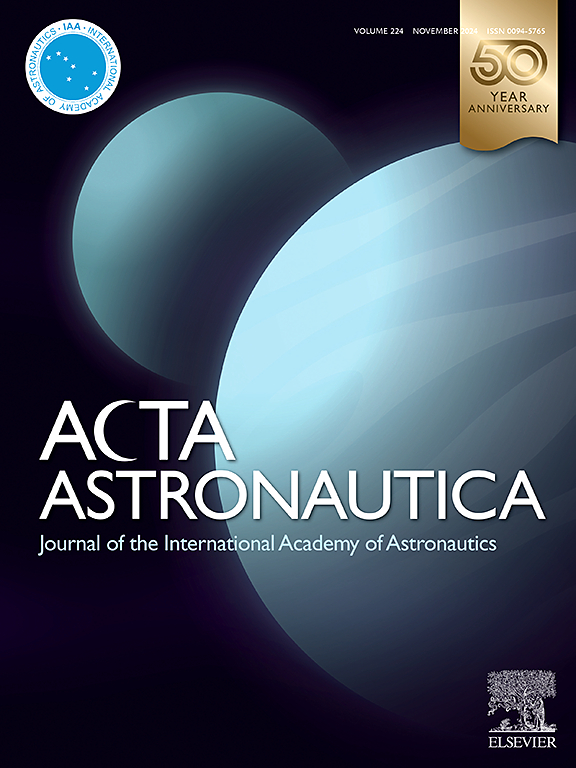ISM2:空间制造战略空间项目指南背景下的解释性结构建模方法
IF 3.4
2区 物理与天体物理
Q1 ENGINEERING, AEROSPACE
引用次数: 0
摘要
空间制造(ISM)由于其复杂性、资源限制和战略规划的需要而面临着独特的挑战。一个结构化的指导方针对于确保ISM项目的成功至关重要。本研究将ISM2作为空间制造的解释性结构建模方法的实例,通过确定和优先考虑成功实施的关键决定因素,为ISM提供战略框架。该研究首先进行了以内容为中心的文献综述,并邀请了一个由学术研究人员和行业专家组成的焦点小组,以确定ISM的20个关键决定因素。然后应用解释结构建模(ISM)来确定这些决定因素的最佳序列。利用解释模型和逻辑知识库矩阵,根据项目的驱动能力和依赖能力,为ISM项目制定了结构化的指导方针。拟议的指南增强了对ISM决定因素的理解,使利益相关者能够制定战略路线图,以有效地实施空间制造项目。本文章由计算机程序翻译,如有差异,请以英文原文为准。
ISM2: Interpretive structural modelling methodology in the context of in-space manufacturing for a strategic space project guideline
In-space manufacturing (ISM) presents unique challenges due to its complexity, resource constraints, and the need for strategic planning. A structured guideline is essential for ensuring the success of ISM projects. This study presents the ISM2 as the instantiation of the interpretive structural modeling methodology for in-space manufacturing, to provide a strategic framework for ISM by identifying and prioritizing key determinants for successful implementation. The study first conducted a content-centric literature review and engaged a focus group of academic researchers and industry experts to identify 20 critical determinants of ISM. It then applied interpretive structural modeling (ISM) to determine the optimal sequence of these determinants. An interpretive model and a logic knowledge base matrix were also used to develop a structured guideline for ISM projects, based on their driving and dependence power. The proposed guideline enhances the understanding of ISM determinants, enabling stakeholders to develop strategic roadmaps to implement in-space manufacturing projects effectively.
求助全文
通过发布文献求助,成功后即可免费获取论文全文。
去求助
来源期刊

Acta Astronautica
工程技术-工程:宇航
CiteScore
7.20
自引率
22.90%
发文量
599
审稿时长
53 days
期刊介绍:
Acta Astronautica is sponsored by the International Academy of Astronautics. Content is based on original contributions in all fields of basic, engineering, life and social space sciences and of space technology related to:
The peaceful scientific exploration of space,
Its exploitation for human welfare and progress,
Conception, design, development and operation of space-borne and Earth-based systems,
In addition to regular issues, the journal publishes selected proceedings of the annual International Astronautical Congress (IAC), transactions of the IAA and special issues on topics of current interest, such as microgravity, space station technology, geostationary orbits, and space economics. Other subject areas include satellite technology, space transportation and communications, space energy, power and propulsion, astrodynamics, extraterrestrial intelligence and Earth observations.
 求助内容:
求助内容: 应助结果提醒方式:
应助结果提醒方式:


